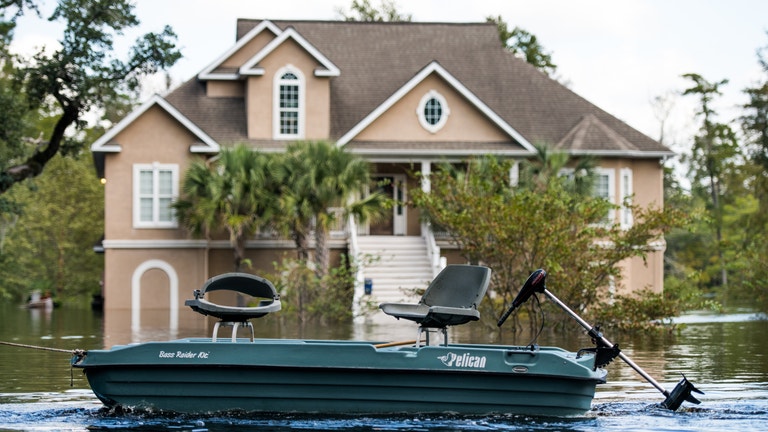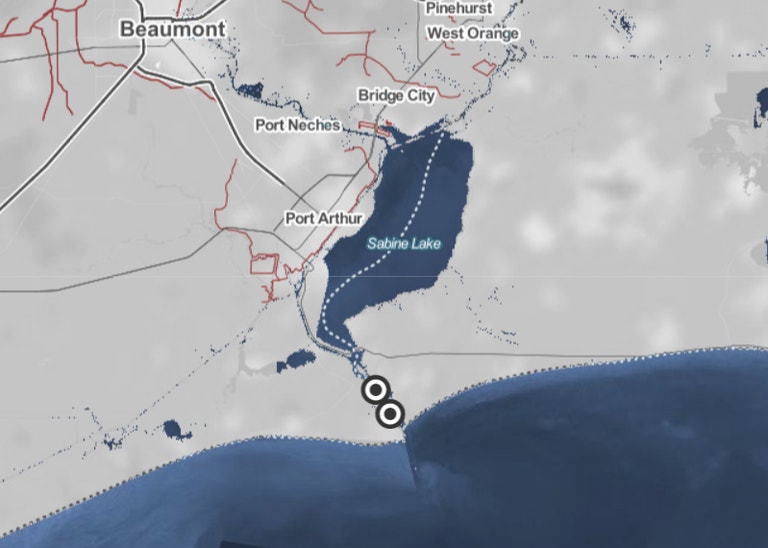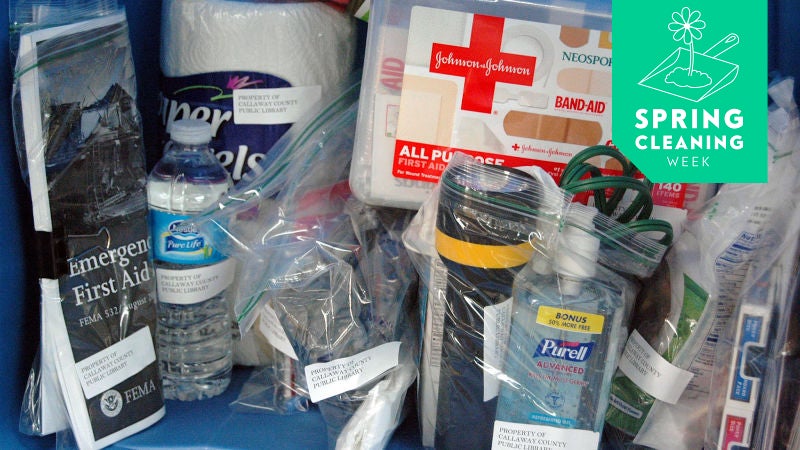"Four types of skills will be essential in a warming world.
D
ear Sara,
How can I prepare my children for their future on a hot planet? They
are both under two, so I know I’m looking a little far ahead. However, I
think it’s better to teach them the tools and skills they’ll need now,
rather than to wait until they are forced to adapt in a hurry. And I
don’t mean things like teaching them to avoid meat and dairy, buy used
or repurposed items, and consume less “stuff” in general. I am talking
about things like: Is it a good idea for them to know how to garden and
can, so that if there are food shortages, they will have produce?
– Christina in Michigan
Dear Christina,
Let’s acknowledge the scary stuff up front.
Serious and widespread consequences of climate change are likely to
occur during your children’s lifetimes. Such consequences include a
die-off of most of the world’s coral reefs, risks to economic growth,
and food shortages—particularly in countries near the equator. That’s
according to a landmark
2018 scientific report
that examined the impacts of warming the world by 1.5°C (2.7°F) above
pre-industrial temperatures. Absent a rapid reduction in heat-trapping
gases, the world is likely to cross the 1.5°C threshold roughly around
2040, when your children will be in their twenties.
(The key phrase here is “absent a rapid reduction in heat-trapping gases.” I’ll return to that in a bit.)
How on earth can you prepare your children for such a world? Consider these four broad categories of skills and knowledge:
1. The basic facts
Your kids are still far too young for deep conversations about the
heating of our planet. But as both a moral and a practical matter,
they’ll eventually need to know that climate change is occurring and
that it’s likely to affect them.
To prep for talking with your kids, you might start by brushing up on the topic yourself. One resource is NASA’s excellent
climate website for children. Frankly, it’s a useful primer for adults, too.
Meanwhile, pick up one or two children’s books on the topic. Here’s
one list of titles on the market.
As your kids grow old enough to start asking questions about climate change (or
hearing about it from other children), consider metering out information in small, age-appropriate doses. Here’s how science journalist
Michelle Nijhuis talks about the topic
with her 10-year-old daughter: “As a parent, I approach the subject of
climate change much like I approach the subject of sex: While I answer
all questions, without hesitation and in full, I make sure not to answer
more questions than I’m asked.”
If you do nothing else on this list, educating your children about
climate change will help them to make wise choices as adults. They’ll
know the risks of buying ocean-front property, for example.
2. Practical skills
There’s a long list of skills that might prove useful if disasters
interrupt the normal flow of goods and services. Brief interruptions –
like when floodwaters from Hurricane Florence blocked access to
Wilmington, North Carolina, in 2018 – require knowing
how to prepare for and survive a few days on your own
with flashlights, canned foods, and other emergency supplies. If longer
interruptions occur, your kids might want to know how to garden,
preserve food, safely gather and filter water, make repairs to a damaged
home, sew clothing, provide medical care, install or fix solar arrays,
use self-defense techniques, and more.
The list can quickly become overwhelming, so I’d let your children’s
interests guide the skills they learn. Your kids love “helping” in the
kitchen? Great, they can learn how to preserve produce. Or your children
are constantly “operating” on dolls? They get signed up for a first-aid
class.
Also, try prioritizing skills related to the projected climate
impacts in your region. U.S. residents can learn what’s expected in
their areas by consulting the National Climate Assessment, which
includes chapters for each region.
The Midwest, for example, is likely to experience more heat waves, poor air quality days, and intense rainfall in the future.
Each projected impact can be paired with one or more skills. For
instance, because heatwaves will likely become more common in the
Midwest, teach your children
how to prevent heat stroke. You might also explain
how to stay safe in flash-flooding conditions, since intense precipitation is becoming more common. And because you can expect worsening air quality, you can show them
how to monitor outdoor air conditions.
Realistically, your kids won’t have the time or aptitude to master
every skill they might need. That’s OK. Teach them as best you can and
trust that they will live in a community among other skilled people.
Which brings us to …
3. Healthy interpersonal and emotional skills
People who are part of strong, well-functioning communities are better able to withstand trauma, according to
an American Psychological Association report.
“Nearly every study of resilience emphasizes the importance of
strengthening the social networks within communities and encouraging
communities to create patterns of working together to overcome
adversity, whether physical or psychological,” the report’s authors
write.
In other words, teaching your children how to play well with others
will help prepare them for hard times, whether they arise from climate
change or other causes.
For more on the interpersonal and emotional skills to cultivate in
your children – and how to go about teaching them – take a look at this
guide from the Australian Psychological Society, “
Raising children to thrive in a climate changed world.”
A sampling of the advice offered in the guide: “Help your children to
build and maintain healthy relationships with their friends and other
community members by (e)ncouraging your children to ‘work it out’ if
they are having a problem with a friend or a group, rather than just
quitting.”
The beauty of teaching your children these skills is that they’ll
benefit substantially from them in any case. No matter what the future
brings, your kids will be well-served by knowing how to be a good
friend.
4. How to be an engaged citizen
To the extent that you’re able to, vote, write letters to the editor,
contact your political leaders, and participate in community groups
that are organizing others to do the same.
Doing so will serve two purposes. One, you’ll model for your children
how to build stronger communities. By taking them along to town hall
meetings, you’ll show them how to work with others to overcome problems.
Also, remember the phrase “absent a rapid reduction in heat-trapping
gases”? There is still a window of time – albeit a rapidly closing one –
to blunt the worst consequences of climate change. The most effective
thing that parents can do to prepare for the future is to ensure that
civic leaders are safeguarding it.
-Sara
Wondering how climate change could affect you or your loved ones? Send your questions to sara@yaleclimateconnections.org. Questions may be edited for length and clarity."
Tuesday, April 23, 2019









